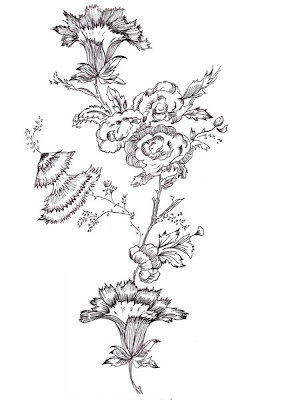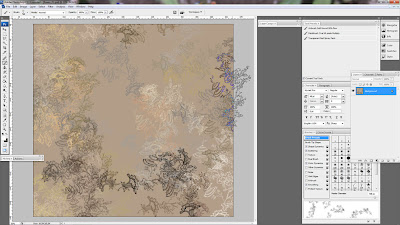Why not the quilt!?

The V&A Museum recently published this book called Quilts 1700-2010: Hidden Histories and Stories edited by Sue Prichard. Essentially it's an exhibition catalogue, but it also has one of the best historical overviews written about quilting that I have read so far. I have not got through the whole thing yet, but it seems to raise questions about why quilts have not been accepted as a proper art form. Perhaps not all quilts all gallery-worthy, but certainly not every painting is either. What makes sewing pieces of cloth together any less valuable or interesting then welded metal or other processes typically accepted in fine art circles?
Frankly, I'm surprised this question does not get asked more often. Are quilters just lacking a spokesperson?
Now I know I'm getting into territory where people will disagree with me and say that there have been artists that have broken through like Judy Chicago with her piece "The Dinner Party" from 1979.

But pieces that come directly to mind are generally from the 70's and 80's. Dinosaur stuff. Or they are merely referencing the idea, but not using the actual traditional form of sandwiched and/or pieced cloth. Granted there are contemporary individuals and groups out there doing fine work, and no one can deny the influence that websites like
Etsy have had on the ever-growing-in-popularity movement of Handmade Arts and Crafts. But these don't tell me why the actual quilt form is still looked down upon by contemporary curators and overlooked by visual art historians.
As I was flipping though my new book, I fell immediately in love with this silk patchwork quilt that was made somewhere between the years 1690-1750 in Exeter. It's vibrant and surprisingly contemporary looking.

I showed it to my mom and we decided that together we are going to try to replicate it and make it as close to its original as possible. We haven't started yet, although as you can see I have begun figuring out the color palette.
With so much pitted against the quilt form, why would a visual artist like myself decide to focus on textile arts and quilt-making? I am often asked why I made the move from visual art to applied art, but for me there is no separation. It all comes from the same place.
More on throwing caution to the wind later :)



 The V&A Museum recently published this book called Quilts 1700-2010: Hidden Histories and Stories edited by Sue Prichard. Essentially it's an exhibition catalogue, but it also has one of the best historical overviews written about quilting that I have read so far. I have not got through the whole thing yet, but it seems to raise questions about why quilts have not been accepted as a proper art form. Perhaps not all quilts all gallery-worthy, but certainly not every painting is either. What makes sewing pieces of cloth together any less valuable or interesting then welded metal or other processes typically accepted in fine art circles?
The V&A Museum recently published this book called Quilts 1700-2010: Hidden Histories and Stories edited by Sue Prichard. Essentially it's an exhibition catalogue, but it also has one of the best historical overviews written about quilting that I have read so far. I have not got through the whole thing yet, but it seems to raise questions about why quilts have not been accepted as a proper art form. Perhaps not all quilts all gallery-worthy, but certainly not every painting is either. What makes sewing pieces of cloth together any less valuable or interesting then welded metal or other processes typically accepted in fine art circles?










